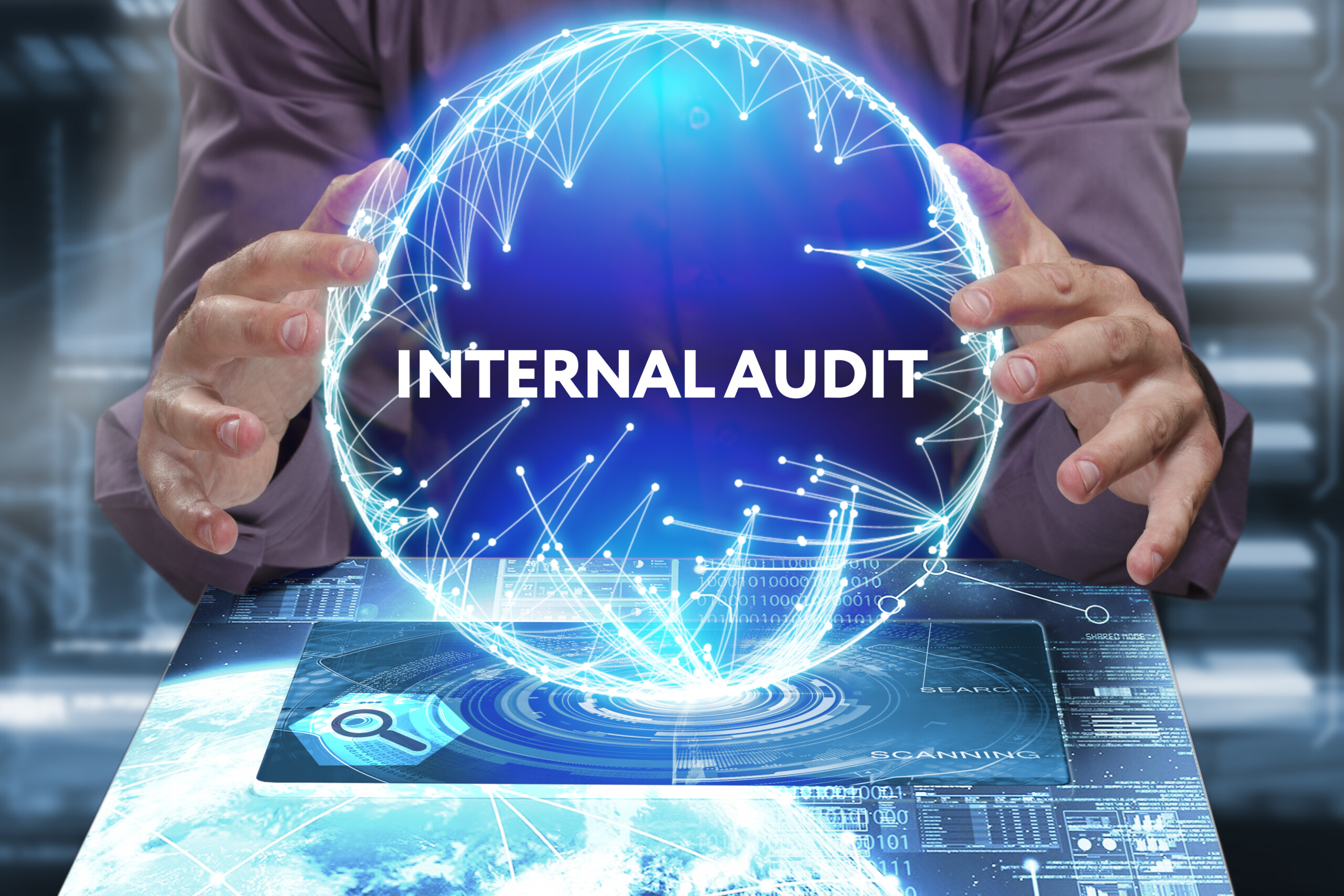
Walking a Tightrope When Internal Audit Stakeholder Expectations Don’t Align
April 18, 2023
IT’S INTERNAL AUDIT AWARENESS MONTH: LET’S START AT HOME
May 1, 2023I recently marked two years since retiring as Global President and CEO of The Institute of Internal Auditors. Not one to sit around, I have stayed very busy ever since. But I do occasionally reflect on the amazing opportunity I was given to lead the global internal audit profession, including a $70 million enterprise with more than 200 employees.
Thanks to a highly talented and skilled staff, committed board members and other engaged volunteers from around the world, we accomplished so much. That included impressive financial growth, expansive educational and training initiatives, record membership and certifications, and so much more. I’m not gloating; I am truly proud of those milestones and also humbled by the fact that I didn’t do it alone.
I was recently asked in a public forum how difficult the transition was to go from years as an internal auditor to the role of CEO. I also was asked why more internal auditors don’t go on to serve as CEOs.
To be sure, I wasn’t the first internal auditor to become a CEO, and there are some who have helmed much bigger and/or complex organizations. Consider Kathryn McLay, CIA, CEO of Sam’s Club; Thomas Falk, former CEO of Kimberly-Clark; Adair Barton, CEO of FinRod Solutions; and Joshua Hay, CEO of Indelible Business Solutions.
Most practitioners who eventually serve as CEO have a short tenure in internal audit, and usually early in their career. In my case, I had logged more than 30 years in the internal audit profession before the CEO opportunity called, and I am certainly mindful that it was as CEO of the professional body for internal auditors. The position was historically earmarked for an internal auditor, so one could argue that I had an inside track. Nonetheless, because I took the reins during the depths of the Great Recession, I had to learn the ropes quickly. In addition to the crucial support and leadership of others, I credit the knowledge, skills and abilities I acquired as an internal auditor for the successes I enjoyed as a CEO.
There are at least six things I learned as an internal auditor that prepared me to be a CEO:
1. A keen understanding of risk management.
I will never forget what my internal audit experience taught me about effective risk management. Indeed, I led internal audit departments in the execution of risk-based plans for 15 years before becoming IIA CEO in 2009. At the time, the financial crisis was wreaking havoc, including on the association industry. The IIA was not exempt. For a variety of reasons, the IIA had lost almost two-thirds of its net worth the prior year, and there was a real possibility of a loan default if we didn’t act quickly. Working with my leadership team, we developed a comprehensive risk assessment and strategic plan that guided us in turning the corner. The board loved the risk assessment and, for the next 12 years, it was an essential instrument in their risk oversight. As our financial position strengthened, I also hired the IIA’s first chief risk officer (a former chief audit executive).
2. An appreciation for a strong internal control environment.
From my earliest years in internal audit, I understood the importance of strong, effective internal controls. I also knew my board was made up entirely of internal auditors who knew the same thing I did: Effective risk mitigation often demands effective internal controls. Because I believed strongly in the importance of internal audit, we added staff, and I made significant investments in technology and co-sourcing support.
3. Deep respect for effective corporate governance.
The IIA’s corporate governance structure was in place long before I became CEO. In fact, I resigned as chairman of the IIA’s North American Board to assume the role of CEO. As an internal auditor, I long understood the distinct roles of the board and management, so I brought deep respect for the board’s authority. I never forgot that I worked for the board, and I sought and followed its direction in setting and executing strategy. I served under 13 different board chairs during my tenure and, together with board members, staff and strong governance, we achieved remarkable results. We almost tripled the IIA’s revenues and increased its net worth by 1400%.
4. Understanding the importance of strong relationships.
As I have often noted in books and articles, success of internal auditors is predicated on the ability to forge strong professional relationships based on trust and respect. I took that mindset to heart as a CEO. I was fortunate to have productive relationships with many board members and with staff, many of whom I knew from being part of the team earlier in the decade. As a CAE, I learned that names and faces might change, but the importance of relationships wouldn’t. I was gratified when all 13 chairs came together – albeit virtually because of Covid restrictions – to celebrate my retirement in 2021.
5. Possession of strong communication skills.
Communication skills have long been recognized as vital to successful internal auditing. It’s one of the “nine attributes” that I explored in my book, “Trusted Advisors: Key Attributes of Outstanding Internal Auditors.” Strong communication skills also are vital to success as a CEO. They are instrumental to building and sustaining relationships with staff and the board. Communication also was vital to sustaining the IIA’s member support and advocacy for the profession around the world. My communication skills were forged as an internal auditor, though I believe they became even stronger as CEO.
6. Recognition that a strong team is instrumental to success.
I first became a CAE 21 years before being named IIA CEO. I quickly learned that an effective leader’s most vital asset isn’t their own skills. It’s the people surrounding them. That’s why I was determined to build a team of world-class association and internal audit professionals. The mission was all-consuming, but I will be forever indebted to what I believe was the strongest team ever assembled at The IIA – and one of the strongest association teams in America. I also believed that a leader’s responsibility is to grow more leaders. To date, at least 10 individuals from my time at the IIA have gone on to become CEO of other associations/companies. And countless others either own their own companies or are serving today as senior executives in the association industry. As CEO, I used to say “no money, no mission.” I also came to believe “no talent, no mission.” I owe a public thank you to every person I worked with over those 12 years. You were the IIA’s not-so-secret sauce.
When I started this blog post, I wanted to inspire internal auditors to aim high and know what it takes to be a CEO. As I wrote it, I realized more fully how blessed I was to be entrusted as the IIA’s CEO. I have often called it the honor of a lifetime. I still believe that today. To be sure, I made mistakes along the way. Someday, I will share some of the behaviors that internal auditors should avoid if they also get tapped as CEO. But for now, let’s celebrate the possibilities and start striving for the top corner offices around the world.
As always, I look forward to your comments. Email me at rchambers@richardchambers.com.






I welcome your comments via LinkedIn or Twitter (@rfchambers).